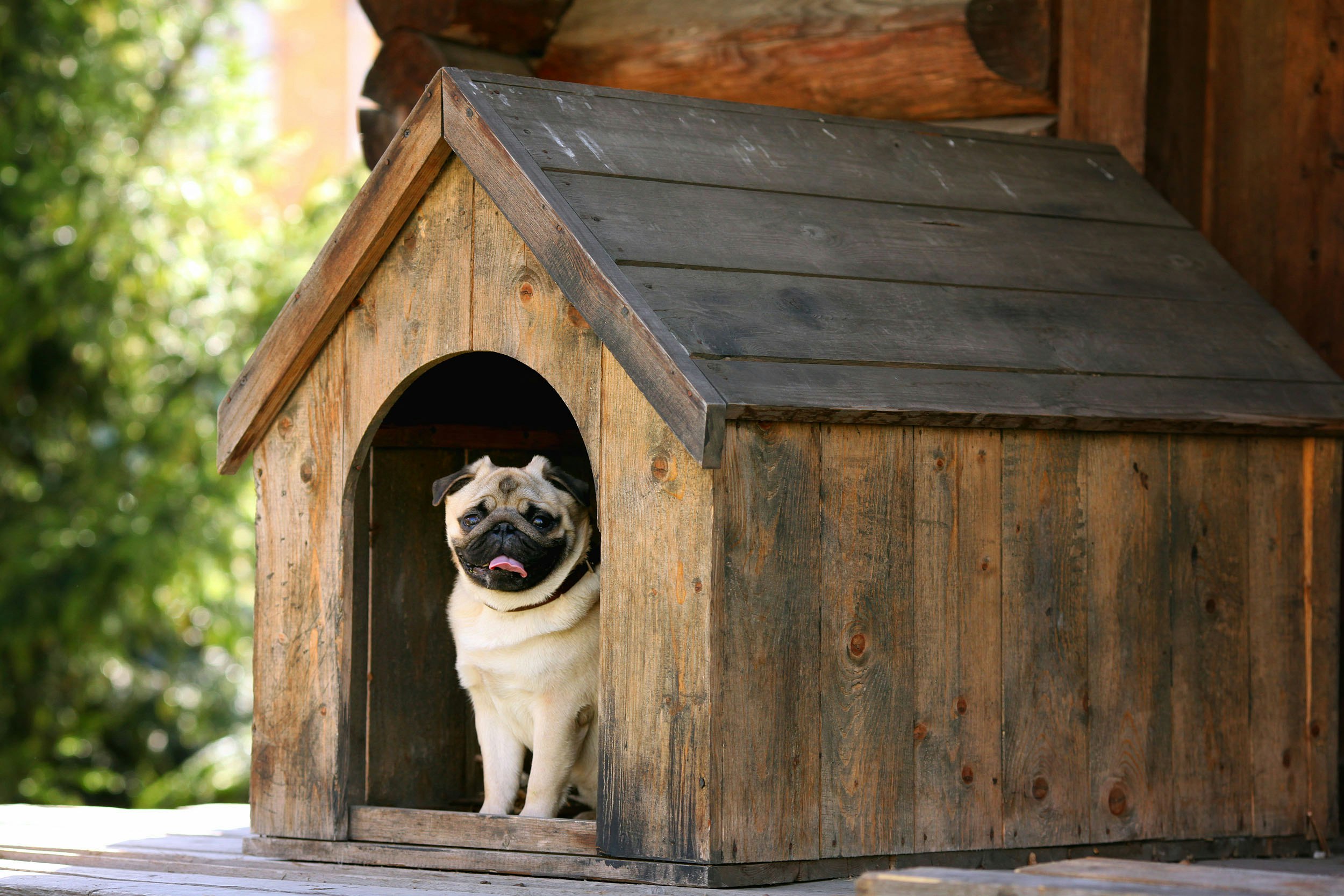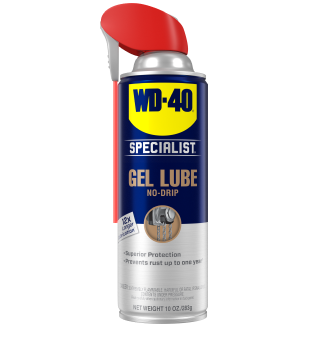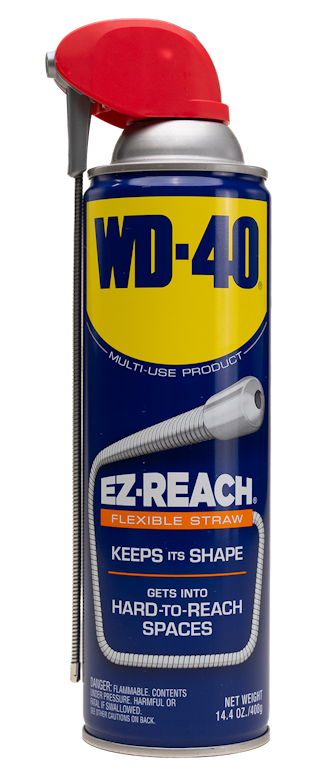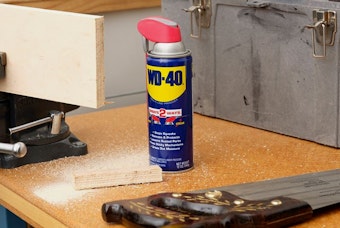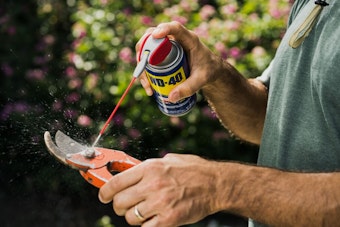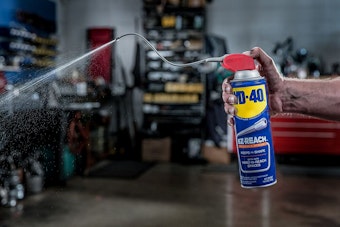How to Build a Dog House
How to Build a Dog House
<< BackNeed a top-notch home for the top-dog in your life? If your dog likes to hang around outside or sleep in the yard, building a dog house can be a fun project to show your love and give your pet some TLC. The good news? It doesn’t require a second mortgage – the project you choose can be inexpensive or sometimes even harvested from free materials. When dreaming up a perfect home for your pooch, there are a few factors to consider before starting the build. Read on below to learn more about building a DIY dog house.
The Size of Your Dog
Starting with the basics, a rat terrier isn’t going to have the same housing needs as Tibetan mastiff. How big is your dog? Is it done growing? Will you get another one soon? These questions will help inform the style and size of house you’ll want to build. Bigger isn’t always better – if the house is too large, it might stay cold on a winter’s night and not stay warm enought with the dog’s body heat. Too small though and a growing canine might find discomfort once it reaches full maturity (or has trouble with diet/exercise).
Your Dog’s Address
Don’t forget to think about where you’re going to place the dog house once it’s built. Will it be fully outdoors? In a wooded or covered area? Do you wish the house to be easily visible from a door or window? How will the dog get to the house – a path, or will it often walk through mud and dirt? You might also want to have a dog door to allow for entry & exit from your main house. The Home Depot offers a guide on how to choose a dog door, or you can build your own.
Weather Report
Depending on where you live, dog houses might need to be adapted to fit the intended environment. In hot and dry climates, some dog houses are fixed with hinged or adjustable roofs to allow heat to release when especially warm outside. There are even rumors of dog houses with air conditioning, but that’s another topic altogether. In areas with significant rain or snow, a slanted roof is necessary for watershed. Other environmental factors are important too – for instance, peaked or barn-style roofs are prime locations for wasps and hornets to nest. Areas that experience extreme winds certain times of the year may benefit from a wind break in front of the dog house door. To avoid dampness and the infiltration of bugs & insects, set the house on raised footing so that it’s a few inches off the ground.
Design
Making the dog house unique in your own way is a big part of the fun. The links below can help fill in details with step-by-step instructions as well as provide a list of materials, but a few more suggestions can help get the design-brain in gear. Consider placing the door to the dog house to the side rather than in the middle – this choice can help protect your pooch from the elements. Also think of whether the door will be removable (you may want to block encroaching wildlife), a flap, no door at all, or something else. Awnings and overextended roofs can add shade and weather protection as well. Remember too that you’ll want to be able to clean the house from time to time, so be sure it’s not too tough to tangle with as a human. For additional protection from bugs and critters, use red cedar wood on the interior or to build the entire dog house.
Helpful Links:
- Lowes on building a dog house
- Free DIY Pallet dog house plans
- A simple DIY dog house from Modern Builds
- The Spruce – Pets with 14 free dog house plans
- DIY Dog house, step-by-step
Pro Tip: When using metal brackets or other exterior components that may rust over time, use WD-40® Specialist® Gel Lube for superior protection against rust and surface corrosion up to 6X longer than the competition.*
* Test Lab: WD-40 Co. Technical Center (Pine Brook, NJ); ASTM B117; Test date: 03/2020
FEATURED PRODUCTS
WANT TO GET MORE TIPS AND TRICKS?
SUBSCRIBE TO THE NEWSLETTER
